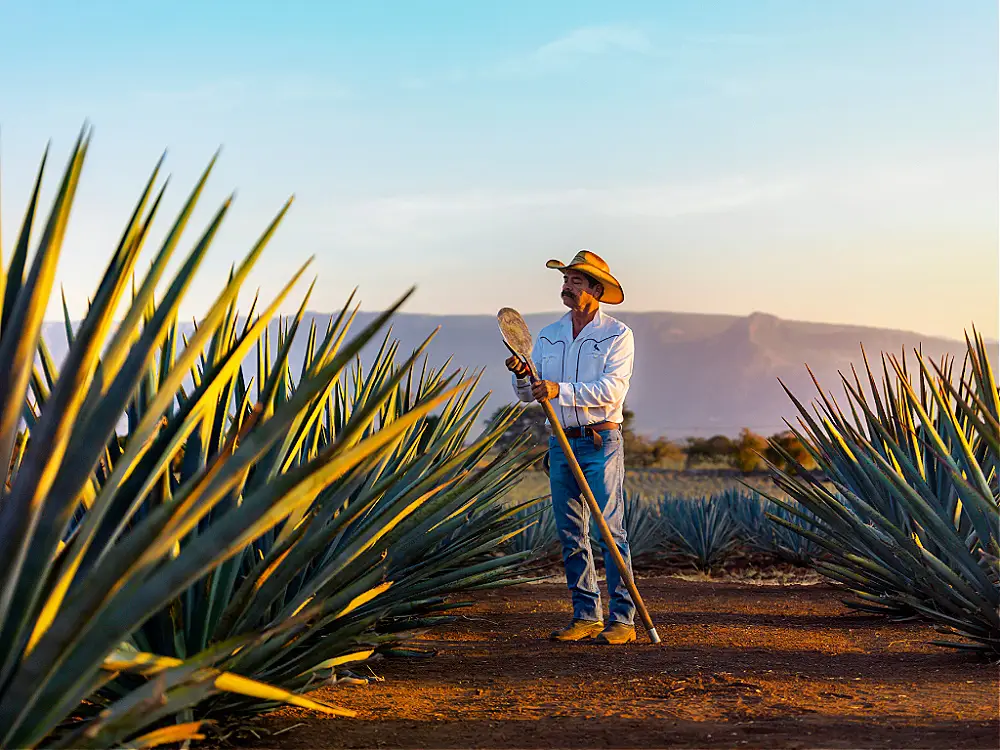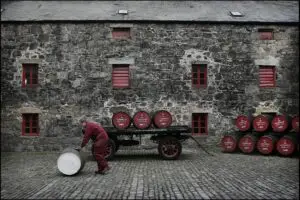In the sunbaked highlands and valleys of Jalisco, Mexico, a quiet ritual unfolds every morning. Before dawn, the agaveros — skilled harvesters of agave — take to the fields armed with their coa de jima, a sharp, spade-like tool. With centuries-old technique and reverence, they trim the thick, spiny leaves from the agave plant, revealing the heart, or piña, that will eventually become tequila. But for the agaveros, this is more than agriculture — it’s heritage in motion.
Tequila, perhaps Mexico’s most iconic spirit, owes its life not just to the volcanic soil and blue agave, but to the people who cultivate it with care, skill, and cultural pride. Many agaveros are part of generational lineages, their knowledge passed down not through books, but through the rhythm of the fields. They can read the plant’s maturity not just by height or age — which can span up to eight years — but by color, leaf formation, and even how it smells at dawn.
The journey from agave to glass is long, and every step matters. Once harvested, the piñas are slow-roasted in stone ovens or autoclaves, breaking down complex sugars into fermentable ones. The cooked agave is then crushed — often still using traditional tahona wheels — and its sweet juice, mosto, is fermented and distilled. Some distilleries age their tequila in oak barrels for depth and nuance, while others celebrate the purity of unaged blanco.
What makes this process truly remarkable is how personal it remains. Unlike many mass-produced spirits, tequila is still often crafted in small batches, with attention to the idiosyncrasies of each harvest. Weather patterns, soil variations, and even the agaveros’ intuition all contribute to the flavor in your glass.
Among the agaveros of Jalisco, there’s a saying: “La tierra da, pero hay que saber pedirle.” — “The land gives, but you must know how to ask.” That humility and respect for the land is deeply embedded in every bottle of authentic tequila. It’s why many producers are now highlighting their agaveros on labels, and why connoisseurs are starting to ask not just “where was this made?” but “who harvested the agave?”
So next time you sip tequila — whether it’s a peppery blanco, a smooth reposado, or a rich añejo — remember the hands that coaxed it from the soil. Let it inspire you to explore not just the drink, but the deep-rooted culture and craftsmanship behind this storied Mexican spirit.



